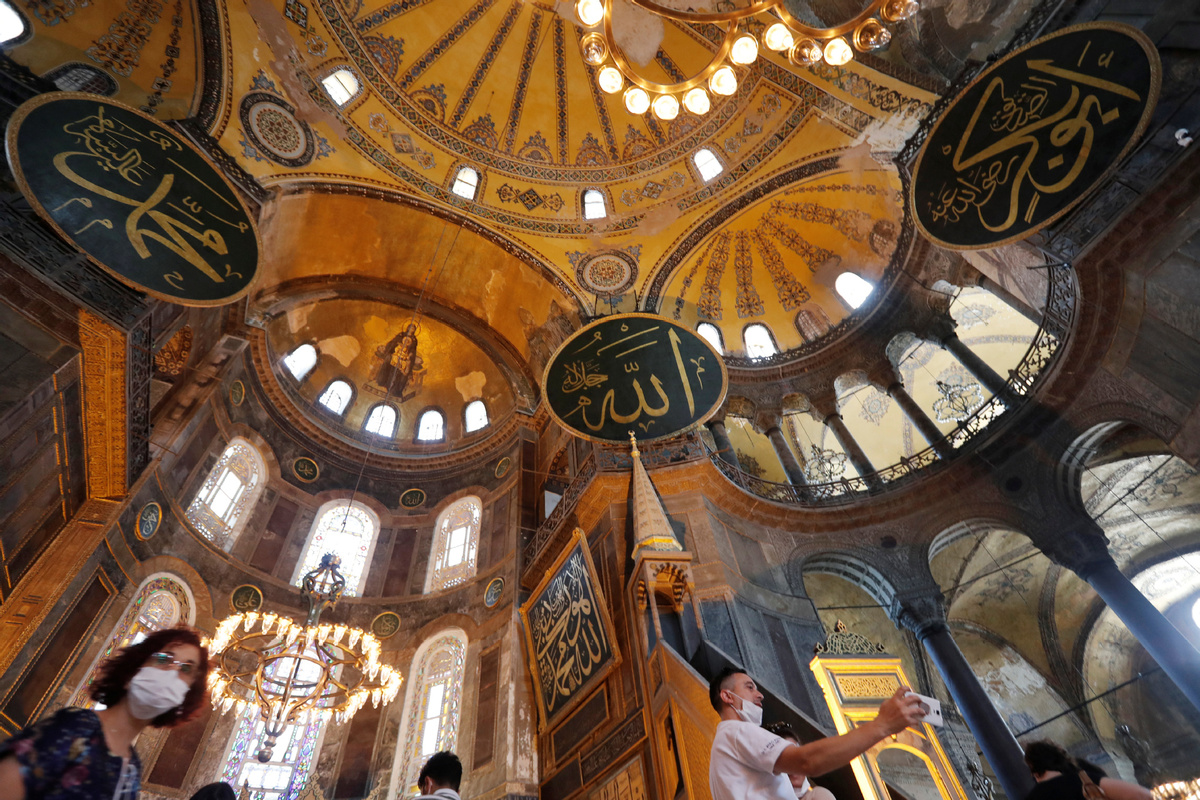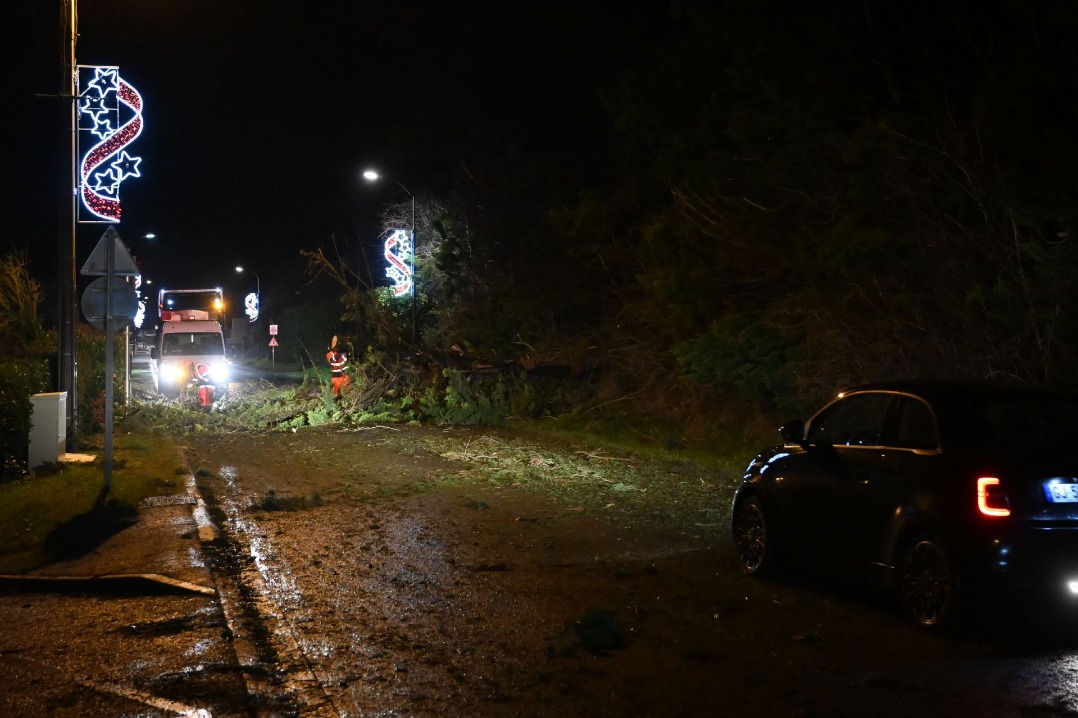Joint efforts are needed to protect artifacts

UNESCO, which celebrates the 50th anniversary this year of the convention adopted to combat illicit traffic in cultural property, warned on July 1 about a scam involving African cultural artifacts that come with fake documents falsely claiming the UN agency has authorized the transactions.

Africa's cultural heritage has long been a victim of looting and destruction.
Among the continent's World Heritage Sites, 37 are natural and four are mixed (natural and cultural), in 24 countries, covering 36,592,365 hectares as of 2015.
Despite the growing body of international and national legislation to protect cultural property, African art is still susceptible to illegal export and import, forgery and destruction.
According to the List of World Heritage in Danger, nearly 13 percent of African sites are under threat, including from poaching, civil unrest and uncontrolled development.
In Ethiopia, UNESCO recently made calls for the continent to restore and preserve the 11 medieval monolithic cave churches of the 13th-century New Jerusalem.
In Uganda, besides the Ugandan government and the Buganda Kingdom, a subnational kingdom within Uganda, UNESCO has received no support from other African leaders for the reconstruction of the 137-year-old historic Kasubi Tombs in Kampala that were destroyed in March 2010.
In Niger, the Air and Tenere Natural Reserves recently suffered from gold panning and illegal activities.
In Mali, the Tomb of Askia and the ancient mausoleums in Timbuktu are facing willful destruction by religious extremists who have been seeking to establish their own fundamentalist Islamic state in northern Mali since 2012.
According to the International Union for Conservation of Nature, only three sites in Africa are considered to be in good condition: the Namib Sand Sea in Namibia, Tsingy de Bemaraha Strict Nature Reserve in Madagascar, and Wadi Al-Hitan in Egypt.
A multinational approach and collaboration in the fight for the protection of cultural goods has become essential to contain the interborder issues relating to the illicit trade in cultural goods.
As a robust response by the African Union, the Charter for African Cultural Renaissance - a tool developed to empower member states to promote Pan-Africanism - provides a crucial framework for arts and culture on the continent.
Aspiration No 5 of the African Union's Agenda 2063, a blueprint for transforming Africa into a global powerhouse of the future, envisions a continent with a strong cultural identity, celebrating its heritage and sharing values and ethics.
However, only 14 AU members had ratified the charter as of June 18.
Furthermore, the political will, administrative support, and institutional and legislative frameworks in place to control illicit export or to rehabilitate destroyed natural and cultural sites lack coherence, and therefore differ from one African nation to another.
This variance is partly responsible for the seemingly minimal successes in the fight against illicit trade in African cultural goods.
A lack of adequate funding and poor logistical structures to ensure effective safeguarding and check clandestine activities of illicit trafficking are key hindrances.
In addition, there is little training and educating of communities regarding the potential of cultural sites and material.
In February, on the sidelines of the 33rd Ordinary Session of the Assembly of Heads of State and Government of the AU in Ethiopia's capital, Addis Ababa, 12 heads of state committed to safeguarding Africa's culture, arts and heritage.
They adopted a draft resolution that would declare 2021 as the year of culture, providing a good opportunity for national governments to explore the links between culture and inclusive development in Africa.
But as COVID-19 continues to put crucial economic activities on hold, culture needs to be transformed into significant fiscal stimulus.
First, creation of a robust statistical system to quantify the value of the cultural industry is needed. This would promote culture to be the fourth pillar of sustainable development, alongside the economic, environmental and social pillars.
Second, there is a need for innovative information, education and communication materials to make various stakeholders aware of the dangers of illicit traffic of cultural properties.
In accordance with the United Nations Sustainable Development Goal 16, which addresses the recovery and return of stolen assets and the fight against organized crime, this would encourage development of joint strategic partnerships to mobilize the general public to protect cultural property and increase the engagement of local communities and volunteerism among young people.
Finally, speedy ratification and domestic implementation by African states of the 1970 convention against illicit trafficking and other relevant international standard-setting instruments in culture are vital. This would promote effective reinforcement of regional and national legislation, policies and strategies for the protection of cultural heritage and to fight the illicit trafficking of cultural goods.
The author is a research and policy analyst at the Kenya-based think tank Africa Policy Institute. The views do not necessarily reflect those of China Daily.

































